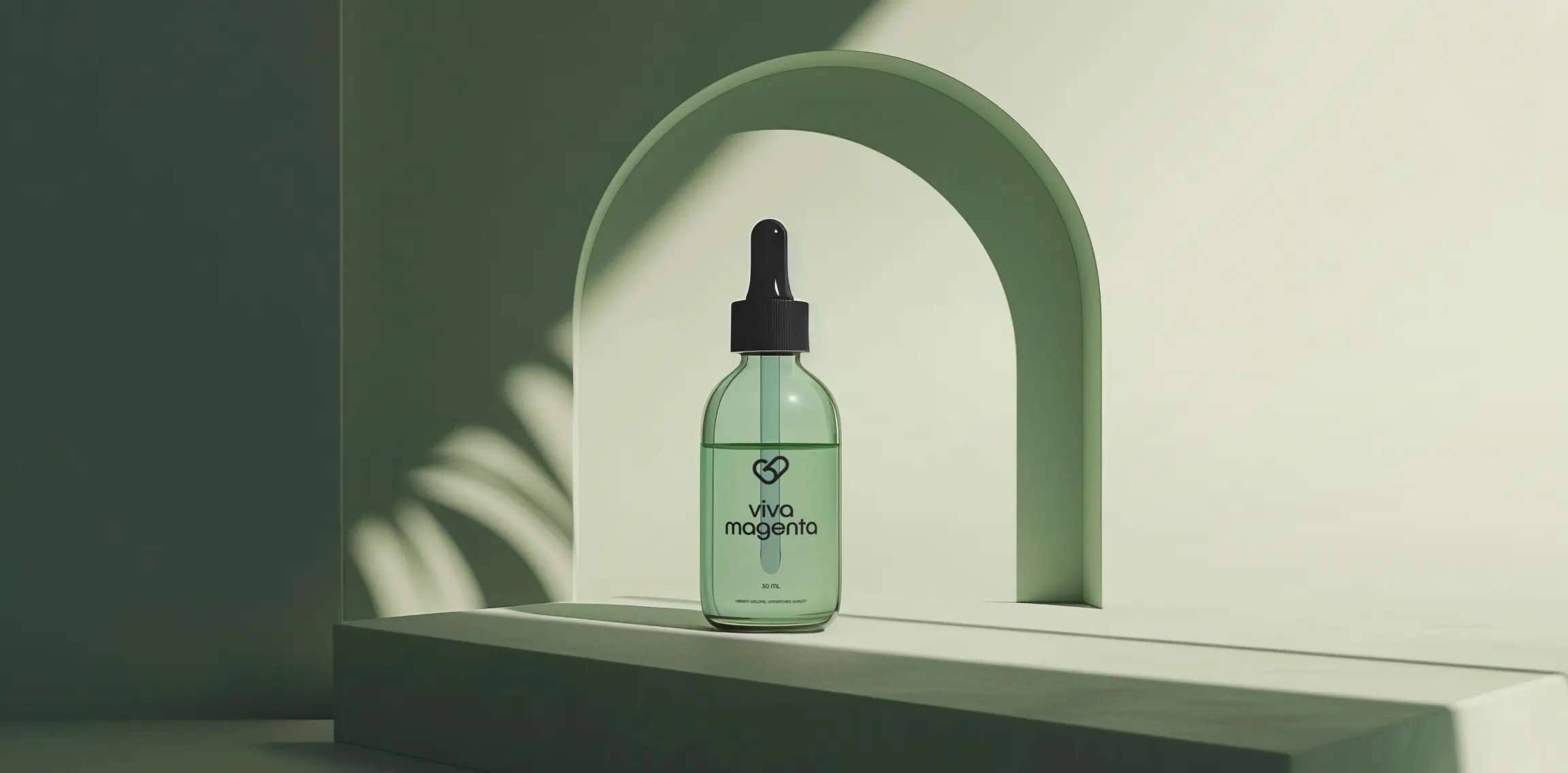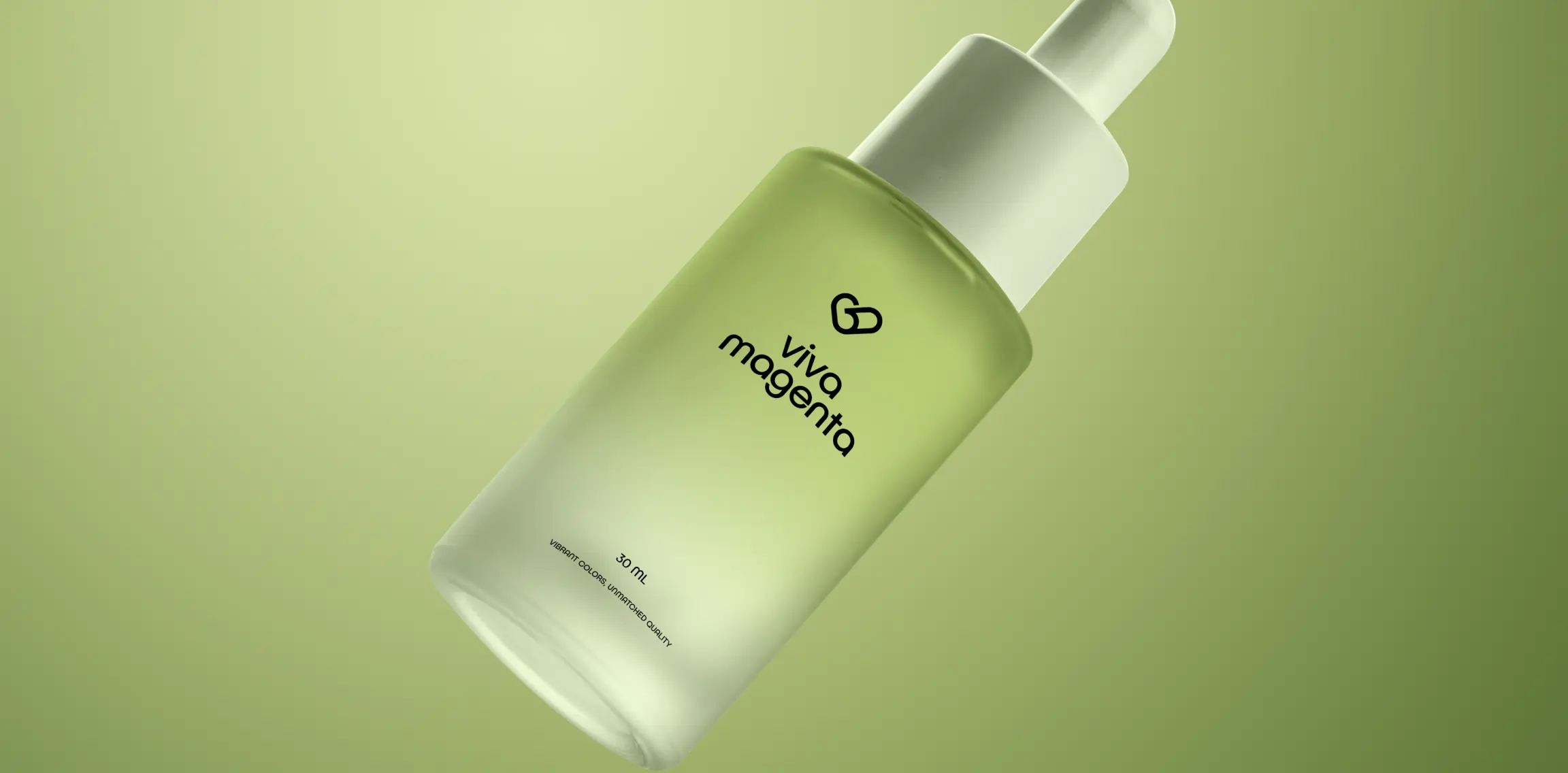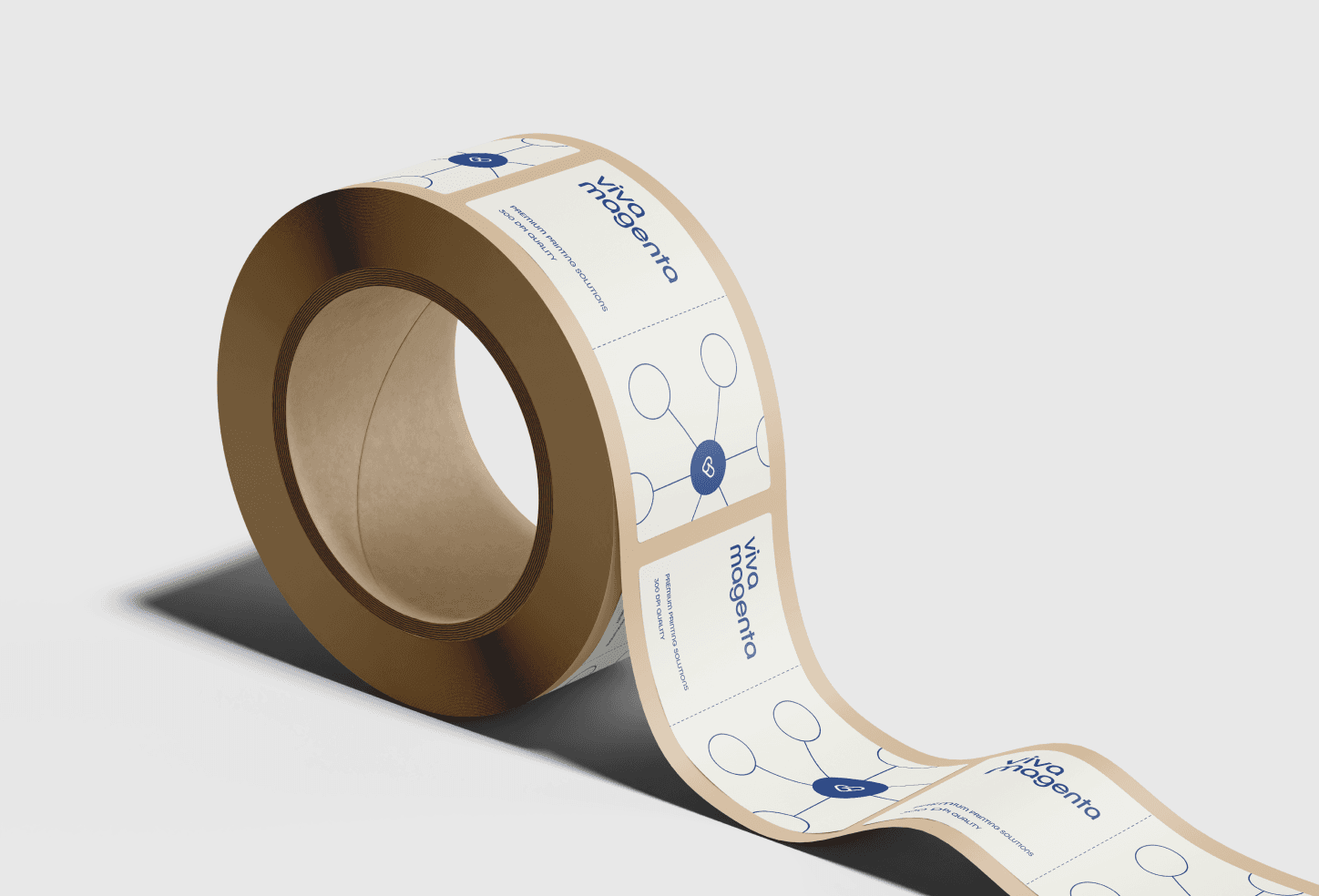How to Label Cosmetic Products?
In the ever-evolving cosmetics products and beauty products industry, labels are crucial. They act as your brand's silent representatives, delivering vital details and seizing consumers' attention. Labels do more than just showcase your product's identity; they foster trust by presenting critical information such as ingredients, usage instructions, and adherence to safety regulations. In cosmetic products, labelling demands a delicate equilibrium between visual allure and the clarity of information provided. This dual role ensures that labels attract and inform, making them essential for compliance with cosmetic product labelling requirements and guidelines.
What is the most important information on a cosmetic product label?
Navigating the complex regulations is essential for cosmetic and beauty product labels. Achieving compliance is not merely about adhering to rules; it signifies a commitment to ensuring consumer safety and fostering trust. Each label must comprehensively detail the ingredients, provide usage instructions, and include safety warnings specific to the product's unique composition.
Labels must indicate any allergens to protect consumers with allergies. Additionally, incorporating barcodes is crucial for streamlining inventory management and facilitating retail processes and enhancing consumer engagement. These barcodes frequently connect to online content, offering extensive information about the product.
Adhering to these regulations transcends legal requirements; it embodies a pledge to transparency and prioritizing consumers' well-being. Brands that adhere to these guidelines meet cosmetic product labelling requirements and solidify their commitment to quality and safety, bolstering their market position.
How do you label beauty products?
Labelling beauty products effectively is critical to communicating your brand's unique story and values to consumers. Cosmetic labels serve as powerful storytellers, not only educating consumers about the benefits and features of beauty products but also reflecting the ethos and values of the brand. Well-designed cosmetic product labels can encapsulate the brand's personality—luxury, organic, innovation, or eco-consciousness—through visual and textual elements, representing what the brand truly stands for.
Moreover, cosmetic labels that highlight certifications for natural ingredients or cruelty-free practices do more than inform—they emotionally connect with consumers, fostering trust and loyalty. This emotional engagement is crucial as consumers often opt for brands that resonate with their personal beliefs, especially in a market dense with competition. Labels that adeptly navigate cosmetic product labelling requirements and effectively communicate a brand's unique identity can significantly influence consumer choice.
The aesthetic aspects of a label—including its colour scheme, typography, and imagery—play a vital role in establishing brand recognition. Maintaining consistency in these elements across various products helps create a cohesive brand image, enhancing consumer engagement by making it easier for customers to identify and relate to the brand in a crowded marketplace.
Labels are indispensable in building and sustaining a robust and distinctive brand identity. They provide the necessary information and bridge the gap between the brand and its consumers, boosting brand appeal and fostering loyalty.

How to design labels for cosmetic products?
Designing labels for cosmetic products is a delicate art that plays a pivotal role in capturing and retaining customer interest. This process requires a careful balance between aesthetic appeal and the clear presentation of information. In today's market, cosmetic labels often adopt minimalist designs paired with bold colors to echo current trends and meet consumer expectations. Such designs not only make products stand out on shelves and digital platforms but also captivate the consumer's attention at first glance.
However, the true challenge lies in preserving the brand's identity without letting the design elements overshadow crucial product details. A practical cosmetic label design achieves a seamless integration of brand colours, fonts, and imagery to weave a compelling narrative about the product. This narrative is complemented by the presentation of essential information, such as ingredients, usage instructions, and safety warnings, making the label a cornerstone of brand communication.
In the highly competitive cosmetic industry, the impact of a label's design on a product's market performance cannot be overstated. It must authentically embody the brand's core values and resonate with the target audience's aspirations and needs, positioning the product as a must-have in their beauty regimen.
What materials are the best for durability and aesthetics for cosmetic products?
Selecting a suitable material for cosmetic product labels is crucial for ensuring both durability and aesthetic appeal. In exploring the options, let’s examine the properties that make each material stand out:
Glossy Labels: These labels deliver a high-end, luxurious look, ideal for cosmetic products aiming to project opulence. Their reflective nature draws the eye and elevates the product's shelf presence. However, they might be prone to smudging and wear, requiring careful handling.
Metallic Labels: For a touch of sophistication and premium quality, metallic labels are unparalleled. They reflect light in a way that commands attention, perfectly aligning with brands striving for a distinguished brand identity within the cosmetics market.
Polypropylene Labels: Polypropylene labels are celebrated for their resilience. They match cosmetics exposed to moisture, such as products found in bathrooms. While offering long-lasting visual integrity, it’s important to balance their durability with considerations for environmental impact.
Clear Labels: Offering a minimalist yet sophisticated design, clear labels and ultra-clear labels blend seamlessly with the container, emphasizing the product. This choice demands meticulous design to ensure that the essential information, such as cosmetic product labelling requirements, remains legible against the product's colour and texture.
When choosing a label material for your cosmetic labels, consider factors such as the product's usage environment, the brand's visual identity, and budget constraints. The chosen material should complement the product’s design, align with the brand’s values, and meet the cosmetic product labelling requirements. This will enhance both function and appeal in the competitive beauty industry.
What are the sustainability practices in cosmetic product labelling?
As sustainability gains momentum in the beauty industry, cosmetic labels play a pivotal role in this green revolution. Opting for labels made from eco-friendly materials not only minimizes an environmental footprint but also appeals to the growing base of environmentally conscious consumers. Brands can showcase their dedication to sustainability by selecting labels made from biodegradable, recycled, or sustainably sourced materials.
Embracing sustainable labelling practices signifies a brand's alignment with broader environmental goals, reinforcing its image as a responsible and visionary player in a marketplace where eco-friendliness is increasingly cherished.
To Wrap Up
Effective labelling in the cosmetics and beauty products sector transcends mere compliance; it is a vital link between brands and their consumers. Selecting the suitable materials, crafting compelling designs, and adhering to sustainable practices for cosmetic labels can profoundly amplify brand identity and foster customer loyalty. By mastering the art of label design and material choice, brands empower their products to stand out on the shelves and align with consumers' values and preferences. As the beauty industry progresses, the significance of innovative, engaging, and eco-conscious labelling becomes increasingly paramount, marking its critical role in the triumph of cosmetic and beauty offerings.

